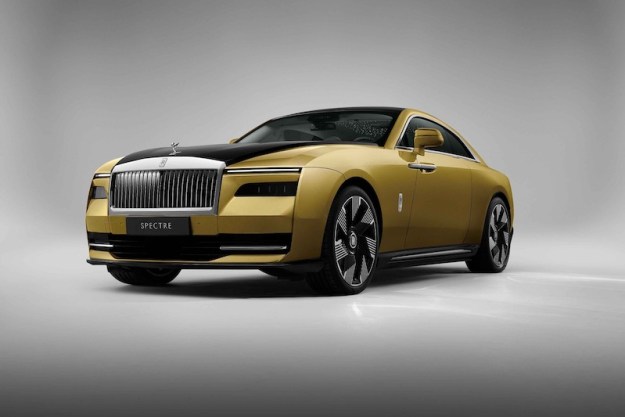As global emissions standards grow stricter, the electric motor is looking less like cutting-edge technology and more like a means of survival for carmakers.
Subaru may be the latest company to consider more robust electrification as a way to comply with new regulations.
“Electric vehicles are [effective] products to help cope with these new regulations,” Yasuyuki Yoshinaga, president of Subaru parent Fuji Heavy Industries, said in an interview with The Japan News. The company hopes to make a decision by the end of the year.
Subaru previously experimented with small electric cars – including a battery-powered version of the Japanese-market R1 city car – leasing about 200 prototypes to industrial customers beginning in 2009. However, the company hasn’t made any serious effort to market an electric car to the public.
For years, Subaru has pitched its all-wheel drive cars and small crossovers as fuel-efficient alternatives to larger utility vehicles and, while that has proven an effective strategy in terms of sales, it may not be enough to satisfy regulations like the U.S. Corporate Average Fuel Economy (CAFE) standard, which rises to 54.5 mpg in 2025.
Subaru currently offers the XV Crosstrek Hybrid, which couples a 13.4-horsepower electric motor to the standard Crosstrek’s 2.0-liter boxer-four and continuously-variable transmission (CVT).
The company’s next effort may be a bit more ambitious, although it may not be an all-electric car.
Subaru showed a pair of Viziv (short for “vision for innovation”) crossover concepts at the 2013 and 2014 Geneva Motor Shows, the latest featuring a plug-in hybrid powertrain consisting of a 1.6-liter diesel boxer-four and CVT, teamed with three electric motors and a lithium-ion battery pack.
It’s possible Subaru will put a version of the Viziv into production as a replacement for the aging Tribeca, perhaps with help from Toyota.
The hybrid-happy carmaker is Fuji Heavy’s top shareholder, and the two companies previously collaborated on the Subaru BRZ/Scion FR-S sports-car twins. In his Japan News interview, Fuji president Yoshinaga said his company also hopes to cooperate with Toyota on fuel-cell development.
If these projects work out, green could be as important a color for Subaru as rally blue.
Editors' Recommendations
- Fake engine noises in electric cars need to die
- The best electric cars you can buy in 2023
- What are the different types of electric car chargers?
- How much does an electric car battery cost?
- VW previews its next electric car in trippy camouflaged form


